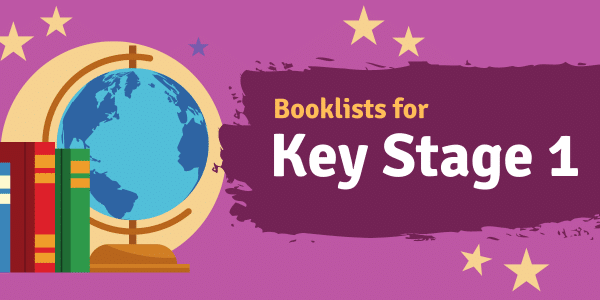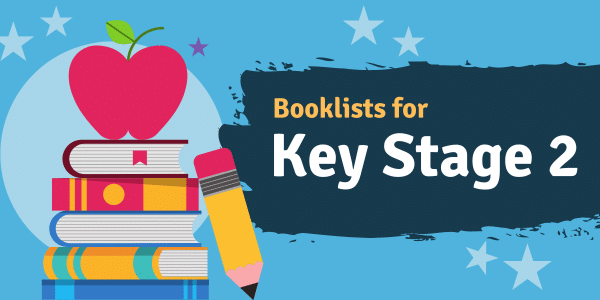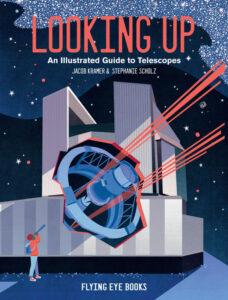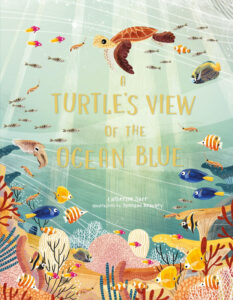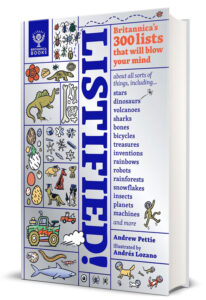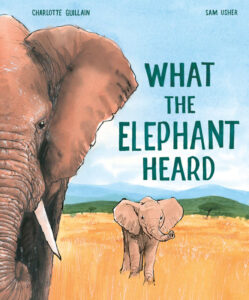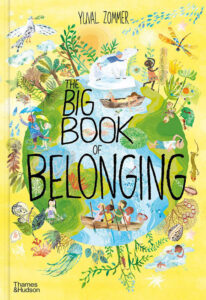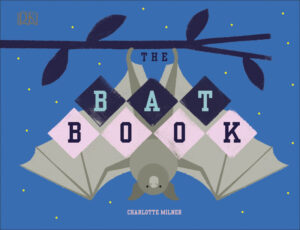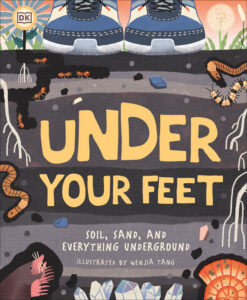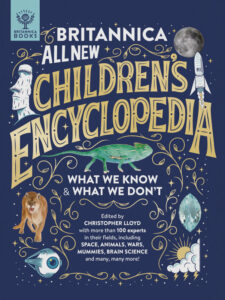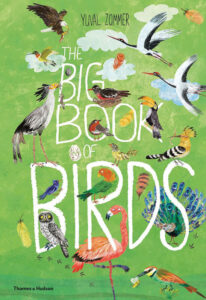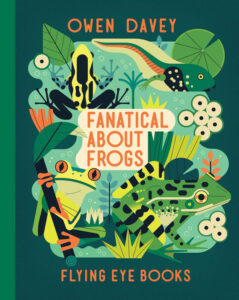Go on an adventure in the shadows with award-winning author and illustrator Charlotte Milner.
Discover why these mammals are essential to the world we live in, learn just how much they matter, why they are under threat, and what we can do to help. Bright, bold, and beautiful illustrations accompany fascinating fun facts about these furry flying mammals in this adorable kids’ book.
Did you know that there are two main groupings of bats, or that the bat is the only mammal that can fly? Children will be fascinated by the beautiful illustrations and learn plenty of bat facts on every page.
From the way they fly, to how they communicate with each other, how bats hunt, and why they sleep upside-down, each of the world’s 1300 types of bat is unique and utterly fascinating. Bats are also incredibly important to the environment, from gobbling up pests to spreading seeds through the forests. They also pollinate over 500 different species of plants throughout the world, including fruits such as mangoes and bananas.
A beautiful educational book with an important message. While learning about these elusive creatures, there are also fun activities for kids so they can learn how to support bats, including growing a bat-friendly garden to help them thrive.
Bats make the world a better place, making this nature book for kids an essential tool in encouraging the protection of bats for generations to come. Following on from The Bee Book and The Sea Book , Charlotte Milner continues to highlight critical ecological issues faced by our planet. The Bat Book is perfect for teaching little animal-lovers all about these clever creatures who do so much for our world.
Explore The Upside-down World Of Bats!
Discover how much they matter, why they are declining, and what we can do to help. This charming celebration of bats shows children just how extraordinary these animals are and is a reminder that it is up to us to care for our planet and its creatures.
It’s perfect for school projects about bats, mammals, ecology, or endangered animals. It also cleverly uses the subject to cover broader topics such as plant reproduction, ecosystems, and more. The Bat Book may be small, but it is mighty.
Find out more about natures secret friends, like:
– Where bats live
– What bats look like
– Why bats are important
– Growing a bat-friendly garden
– Myths about bats and much, much more!
This delightful book is one of three children’s books on conservation and includes The Sea Book and The Bee Book for your little ones to enjoy.








